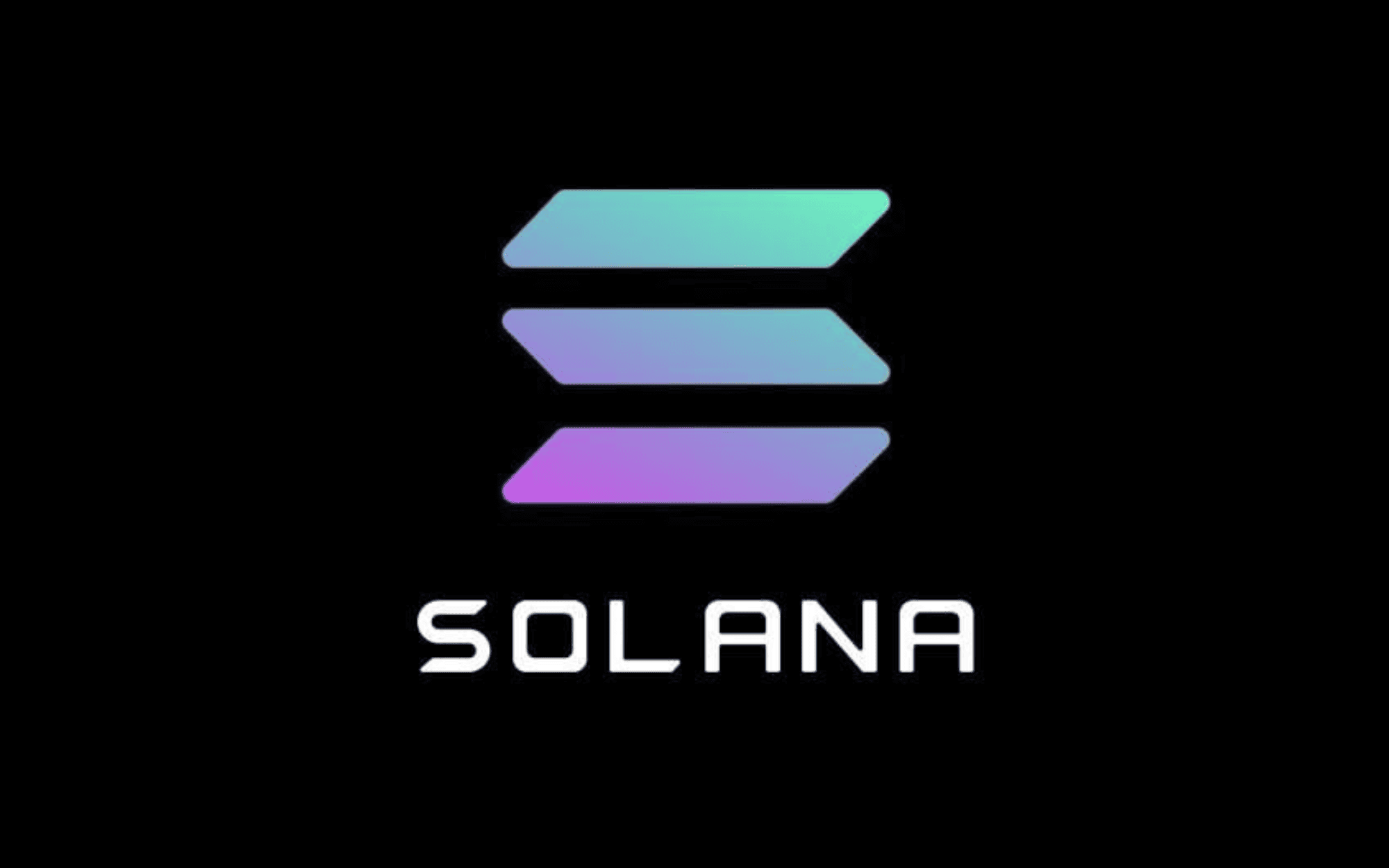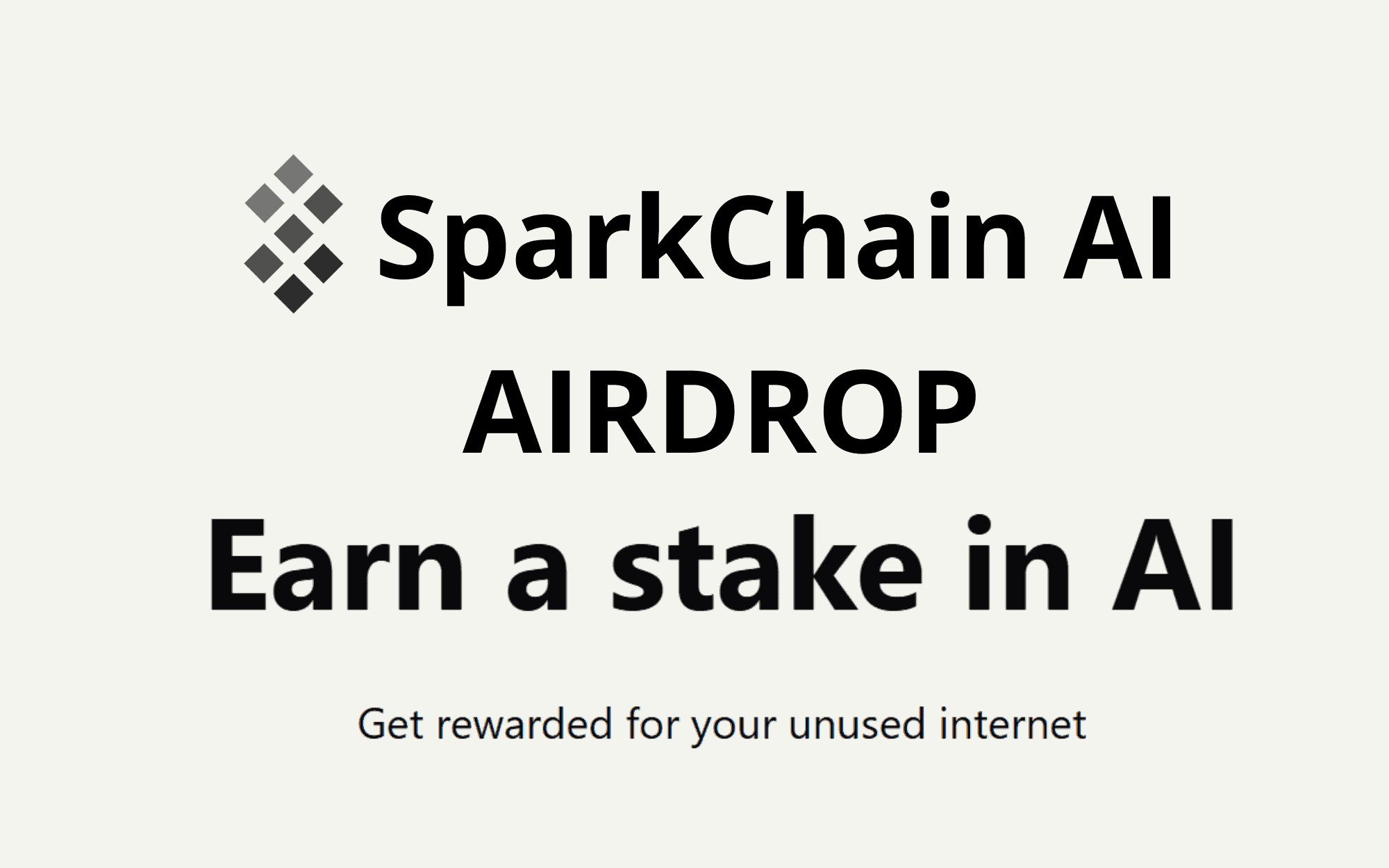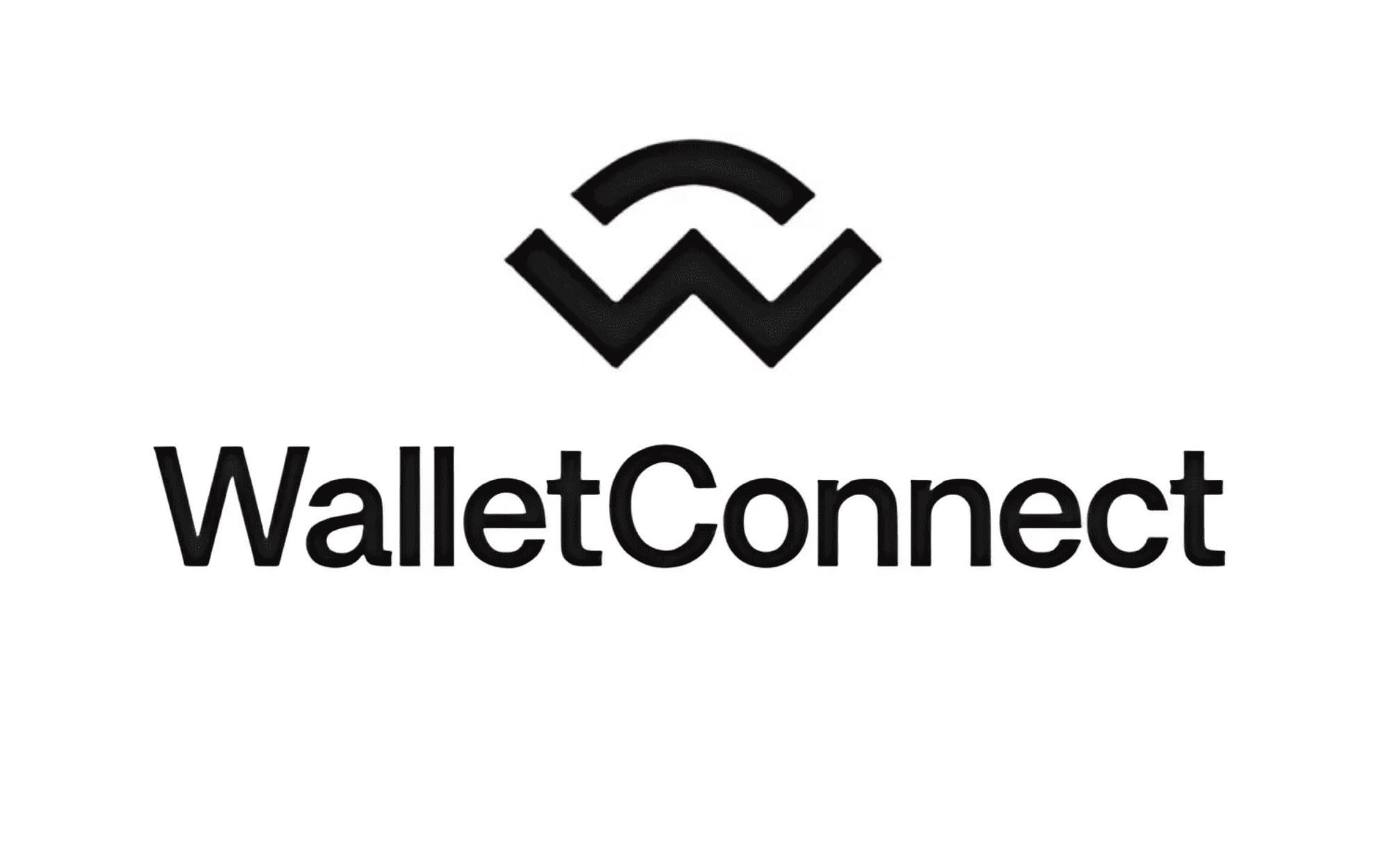Decentralized Physical Infrastructure Networks (DePIN) are transforming the way we interact with and manage physical infrastructure in 2025. As the global cryptocurrency market reaches a $3 trillion valuation, with Bitcoin trading at $100,000 according to CoinMarketCap, the integration of blockchain technology into real-world applications has never been more relevant. DePIN represents a groundbreaking shift, leveraging blockchain and token incentives to decentralize the ownership, operation, and governance of physical systems like energy grids, wireless networks, and data storage. This educational article provides an in-depth exploration of DePIN, covering its definition, mechanics, benefits, challenges, and real-world applications. Designed for both beginners and seasoned crypto enthusiasts, this guide aims to demystify DePIN and highlight its potential to reshape infrastructure management in a decentralized world.
What Are Decentralized Physical Infrastructure Networks (DePIN)?
Decentralized Physical Infrastructure Networks (DePIN) are blockchain-based systems that enable the creation, management, and operation of physical infrastructure through a decentralized network of participants. Unlike traditional centralized models, where a single entity like a corporation or government controls infrastructure, DePIN distributes ownership and control across a community of users. These networks use blockchain technology, smart contracts, and token incentives to encourage individuals and organizations to contribute resources—such as internet bandwidth, storage space, or energy—and earn rewards in the form of cryptocurrency tokens.
The concept of DePIN emerged as an evolution of the sharing economy, seen in platforms like Uber and Airbnb, but with a key difference: it removes centralized intermediaries. For example, instead of a company like Uber managing a ride-sharing network, a DePIN project like DRIFE allows drivers to earn tokens directly while participating in governance, as noted in various web sources. DePINs operate on two main categories: Physical Resource Networks (PRNs), which manage tangible assets like WiFi routers or solar panels, and Digital Resource Networks (DRNs), which handle digital resources like computing power or data storage. This dual approach makes DePIN versatile, applicable to sectors ranging from telecommunications to renewable energy.
At its core, DePIN aims to democratize infrastructure by empowering individuals to contribute to and benefit from systems traditionally controlled by large entities. With 185 million crypto users globally, per CoinMarketCap, DePIN offers an accessible entry point for people to engage with blockchain technology while addressing real-world needs. However, the narrative around DePIN often emphasizes its revolutionary potential without addressing scalability and regulatory challenges, which we’ll explore later.
How Do Decentralized Physical Infrastructure Networks Work?
Understanding the mechanics of DePIN requires breaking down its operational framework, which integrates physical infrastructure with blockchain technology. Here’s a step-by-step look at how DePIN functions in 2025.
1. Physical Infrastructure Contribution
Participants in a DePIN network provide physical or digital resources to support the system. For instance, in a decentralized wireless network like Helium, users deploy hotspots to provide internet coverage. These hotspots are physical devices (routers) that connect to the network, enabling others to access WiFi. Similarly, in an energy-focused DePIN like Power Ledger, individuals with solar panels can share excess electricity with their neighbors.
2. Blockchain as the Digital Backbone
Blockchain technology serves as the foundation for DePIN, ensuring transparency, security, and immutability. Smart contracts automate transactions, such as rewarding contributors with tokens for their resources. For example, when a user provides storage space on Filecoin, a decentralized storage network, the blockchain records the transaction and distributes FIL tokens as a reward. The blockchain also facilitates governance, allowing token holders to vote on network upgrades or policies, as seen in projects like World Mobile Token.
3. Token Incentives and Rewards
DePIN networks use cryptocurrency tokens to incentivize participation. Contributors earn tokens based on the value of their resources—whether it’s bandwidth, storage, or energy. These tokens can be traded, staked, or used within the ecosystem. For instance, Helium rewards users with HNT tokens for providing network coverage, while Filecoin users earn FIL for storage contributions. This incentivization model encourages a bottom-up approach, where individuals collectively build and maintain infrastructure.
4. Decentralized Governance
Unlike centralized systems, DePINs often employ decentralized autonomous organizations (DAOs) for governance. Token holders can propose and vote on decisions, such as network improvements or reward distribution. This model ensures that no single entity has control, fostering a sense of collective ownership. However, the effectiveness of fully democratic governance is debated—some argue that technical experts should drive certain decisions for efficiency, as noted in various web sources.
5. Off-Chain Operations
While the blockchain handles transactions and rewards, the actual transfer of resources (e.g., data or electricity) occurs off-chain. For example, in a decentralized storage network, the blockchain manages payments, but the data transfer happens directly between users’ devices. This hybrid approach ensures scalability while leveraging blockchain’s security features.
DePIN’s operational model is designed to be resilient, transparent, and cost-effective. However, the reliance on blockchain introduces challenges like transaction fees and confirmation delays, which can hinder scalability, especially as networks grow.
Benefits of Decentralized Physical Infrastructure Networks in 2025
DePIN offers a range of advantages over traditional centralized infrastructure models, making it a compelling trend in 2025. Here are the key benefits, critically examined for their real-world impact.
1. Cost Efficiency and Accessibility
By eliminating intermediaries, DePIN reduces operational costs. Traditional infrastructure projects require significant upfront capital, often excluding smaller players. DePIN, however, allows individuals to contribute resources at a fraction of the cost. For example, Helium’s network of over one million LoRaWAN hotspots, as mentioned in web sources, provides broadband access at a lower cost than traditional telecom companies. This accessibility extends to underserved regions, where DePIN projects like World Mobile Token bring internet access to remote areas.
2. Resilience and Security
Decentralized networks are inherently more resilient because they lack a single point of failure. In a centralized system, a server outage can disrupt service for millions, as seen with Alibaba Cloud’s 24-hour breakdown in Hong Kong, per web sources. DePIN distributes resources across multiple nodes, ensuring continuity even if some fail. Blockchain’s encryption and transparency also enhance security, protecting against cyberattacks and data breaches.
3. Community Ownership and Innovation
DePIN fosters collective ownership by rewarding contributors with tokens that often come with governance rights. This model encourages innovation, as participants are incentivized to improve the network. For instance, Hivemapper, a geospatial mapping DePIN, rewards users for collecting data, creating an open alternative to proprietary mapping services like Google Maps. However, the narrative of “democratization” can be overstated—early adopters often benefit disproportionately, potentially slowing broader adoption, as noted in web sources.
4. Sustainability and Local Adaptation
DePIN supports sustainable practices by enabling peer-to-peer resource sharing. In energy networks, projects like React Protocol connect batteries to power markets, stabilizing grids and promoting renewable energy use. DePIN’s bottom-up approach also allows for hyper-local solutions, addressing specific community needs without the bureaucracy of large-scale projects.
While these benefits are promising, they rely on widespread adoption and technological advancements, which are not guaranteed. The hype around DePIN’s potential often overshadows practical challenges, which we’ll address next.
Challenges Facing Decentralized Physical Infrastructure Networks
Despite its potential, DePIN faces several hurdles that could impact its growth in 2025. A critical examination reveals the following challenges.
1. Scalability Issues
Blockchain technology, the backbone of DePIN, struggles with scalability. As networks grow, transaction volumes increase, leading to higher fees and slower confirmation times. This is particularly problematic for DePIN, where real-time interactions with physical infrastructure—like energy trading—require fast processing. While layer-2 solutions like Caldera and Eclipse aim to address this, as mentioned in web sources, they are not yet fully mature.
2. Regulatory Uncertainty
The regulatory landscape for DePIN and tokenized assets remains unclear in 2025. Governments are still grappling with how to classify and regulate crypto rewards, especially in sectors like energy and telecommunications. This ambiguity can deter investment and adoption, as stakeholders fear legal repercussions. Collaboration between DePIN communities, businesses, and policymakers is crucial to create a supportive framework, but progress is slow.
3. Security and Privacy Risks
While DePIN enhances security through decentralization, it’s not immune to risks. Smart contracts, which automate transactions, can have vulnerabilities that hackers exploit. Additionally, projects like SparkChain AI, which use bandwidth sharing, raise privacy concerns—users must trust that their data isn’t misused, even if the platform claims otherwise. The $1.8 billion lost to crypto scams in 2024, per CoinDesk, underscores the need for robust security measures.
4. Adoption and Network Effects
DePIN’s success depends on achieving critical mass. If too few participants join, the network cannot provide reliable services. For example, a decentralized wireless network needs enough hotspots to ensure coverage. Early adopters may dominate rewards, discouraging latecomers and slowing growth, as highlighted in web sources. Balancing incentives to sustain long-term participation is a key challenge.
These challenges highlight the gap between DePIN’s theoretical promise and practical implementation. While the narrative often focuses on its transformative potential, addressing these hurdles is essential for mainstream adoption.
Real-World Applications of DePIN in 2025
DePIN’s versatility allows it to impact various sectors in 2025. Here are some notable applications, showcasing its real-world potential.
1. Decentralized Wireless Networks
Projects like Helium and World Mobile Token are leading the charge in decentralized connectivity. Helium’s network, built on Solana, allows users to deploy hotspots and earn HNT tokens for providing coverage, offering a cost-effective alternative to traditional telecoms. World Mobile Token focuses on underserved regions, providing internet access and digital identity services, as noted in web sources.
2. Renewable Energy Grids
DePIN is revolutionizing energy distribution by enabling peer-to-peer trading. Projects like Power Ledger and React Protocol allow individuals with solar panels to sell excess electricity to neighbors, reducing reliance on centralized grids. This promotes renewable energy use and enhances grid resilience, especially in the face of climate challenges.
3. Decentralized Storage and Computing
Filecoin and Render Network exemplify DePIN’s role in digital infrastructure. Filecoin enables users to rent out unused storage space, earning FIL tokens, while Render Network leverages idle GPU power for rendering tasks, rewarding contributors with RNDR tokens. These networks provide scalable, cost-effective alternatives to centralized cloud services like Amazon Web Services.
4. Geospatial Mapping and Environmental Data
Hivemapper uses DePIN to crowdsource geospatial data, rewarding users for mapping roads and landmarks. Similarly, environmental DePINs deploy sensors to collect data on noise levels or animal migration, aiding conservation efforts. These applications demonstrate DePIN’s ability to address both urban and ecological needs.
These examples illustrate DePIN’s potential to disrupt traditional models, but their success depends on overcoming the challenges mentioned earlier. The narrative around DePIN often highlights success stories without addressing the scalability and regulatory hurdles these projects face.
The Future of DePIN: Opportunities and Considerations
Looking ahead, DePIN is poised to play a significant role in 2025 and beyond, especially as blockchain technology matures. The sector’s market cap has already surpassed $20 billion, according to web sources, reflecting growing investor interest. Solana has emerged as a hub for DePIN projects like Helium and Hivemapper, thanks to its fast transactions and low fees. However, several factors will shape DePIN’s future.
1. Technological Advancements
Improvements in layer-2 scaling solutions and blockchain interoperability will be crucial for DePIN’s scalability. Projects like IoTeX are developing modular infrastructure to support DePIN applications, reducing deployment times from years to weeks, as noted in web sources.
2. Regulatory Clarity
Clear regulations around tokenized assets and crypto rewards will encourage broader adoption. Policymakers must balance innovation with consumer protection, ensuring DePIN projects can operate without legal ambiguity.
3. Community Collaboration
DePIN’s success hinges on collaboration between stakeholders—governments, businesses, and communities. Pilot initiatives and open discussions can help craft frameworks that support responsible growth while addressing security and privacy concerns.
4. Balancing Incentives
To sustain long-term participation, DePIN projects must ensure equitable reward distribution. Over-rewarding early adopters can deter new users, slowing network growth. A balanced tokenomics model is essential for maintaining momentum.
DePIN’s future is promising, but the narrative often overlooks the practical challenges of scaling decentralized systems. While it’s positioned as a revolutionary force, its success will depend on addressing technical, regulatory, and adoption hurdles.
Conclusion: Why DePIN Matters in 2025
Decentralized Physical Infrastructure Networks (DePIN) represent a paradigm shift in how we build and manage infrastructure in 2025. By leveraging blockchain technology, token incentives, and decentralized governance, DePIN empowers individuals to contribute to and benefit from systems traditionally controlled by centralized entities. From wireless networks to renewable energy grids, DePIN’s applications are diverse and impactful, offering cost efficiency, resilience, and community ownership. However, challenges like scalability, regulatory uncertainty, and security risks must be addressed for DePIN to reach its full potential.
As the crypto market continues to grow, with 185 million users globally per CoinMarketCap, DePIN provides an accessible way to engage with blockchain while solving real-world problems. Whether you’re a crypto enthusiast or a newcomer, understanding DePIN is key to navigating the evolving landscape of decentralized technology. For more insights into blockchain trends, explore our guide on Airdrop Scams to Watch Out for in 2025.












